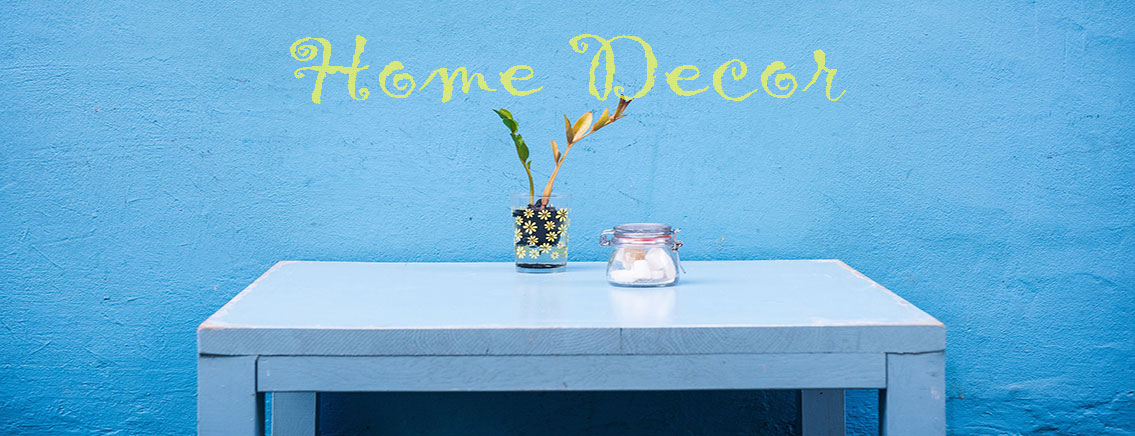Despite my incessant urge to purge, I’m a big fan of A & E’s “Hoarders,” a “fascinating look inside the lives of two different people whose inability to part with their belongings is so out of control that they are on the verge of a personal crisis.”
Fascinating it is. Viewers are voyeurs into the lives of people who are dealing with some real psychological pain. More often than not, the downward spiral to a house full of trash is triggered by some traumatic event from which they’ve never recovered. After reaching out for help, (usually at the insistence of family, friends or Adult Protective Services), a team of professionals is brought in to clean and organize the home, and aftercare therapy is provided once they leave.
Watching an episode elicits a range of emotions from disgust to a feeling of superiority (that will never happen to me), and then finally compassion and sympathy for my fellow man or woman.
For me, the urge to purge has always been strong. For as long as I can remember I’ve been throwing or giving stuff away to the point where it’s become a running joke in my family. (True story: My mom once found a pile of pennies in the wastebasket in my room. When asked why on earth I’d toss perfectly good currency, my 8-year-old self explained that it was dirty and I didn’t need it.)
Get the Urge to Purge
I believe that if you haven’t used something in a year, you don’t need it. Containers, shelves and bins are your friends. Mail should be divided into piles to keep, recycle or file, and should occur immediately upon receipt. Go through your closets before each upcoming season and make a pile of stuff to take to Goodwill. And so on, and so forth.
This philosophy has gotten me into trouble with loved ones who’ve discovered I’ve pitched something that they really wanted to keep. Case in point: if you’re a parent, you’re familiar with the unending stream of kids’ art projects. But let’s be honest, not every creation is truly a work of art. One has to be ruthless in culling through the endless detritus or quickly be overwhelmed. After getting busted by my daughters a few times as I was throwing things away, I learned to save that task for when they’re not home. I do save truly exemplary work that’s representative of that particular time in their lives, but many scraps of paper go by the wayside, never to be missed.
Love “Hoarders” as much as I do? What kinds of things do you do to stay organized and keep all that stuff in check?
I’m convinced boots, snow pants, mittens and hats reproduce each night. The sheer volume of stuff, coupled with a lack of adequate storage space, make keeping our entryway neat and organized nearly impossible. Then, just when I think I have a handle on it, a fresh blanket of snow falls, beckoning the kids outdoors to start the cycle anew.
I’ve done some creative finagling to achieve some semblance of organization in the laundry room. It’s only about 8’x6’, and with a sink, washer and dryer included, space is at a premium.
One thing that helps is the addition of a couple of inexpensive boot trays, which corral moisture and protect the tile floor.
Maximize space
Another thing we did was remove the counter top in the room. Originally intended as a surface on which to fold clothes, it became apparent after a few weeks that it just took up space.
In its place, we installed two rows of wall-mounted coat hooks. One row is lower down on the wall to accommodate our youngest and her limited reach, and another higher up for adult-sized clothes and larger, longer items. We chose hardware that could adequately support heftier winter outerwear.
Another addition was a wooden drying rack, which can be folded and stored away when not in use. It’s great for wet hats and mittens and the occasional sweater that needs to be air dried.
One thing the space lacks is proper seating. I’d love a bench with built in storage compartments upon which we could sit to remove shoes and boots at our leisure. It’s on the list.
So, DIY’ers, what what have you got to say about mud rooms? What creative things have you done to wrangle outerwear? Hit me up in the comments!
Have you seen wallpaper lately? Not the one on your smartphone, actual wall coverings for your walls.
According to Better Homes & Gardens, it’s a trend that’s back in a big way. But forget what you remember about your great grandmother’s dining room. It’s time to reconsider wallpaper and wall coverings. Today’s wallpaper styles are fantastically fresh, so you’re sure to find a pattern that appeals to your particular design aesthetic. There are even companies that allow you to create your own wallpaper design, send the file electronically and have it printed on different types of media for a custom, one-of-a-kind product.
Wallpaper prices vary greatly from $150 to $500 per square foot. You can purchase it at a big box home improvement store, but your choices may be limited. Interior decorators have access to hundreds of books filled with patterns and you can take them home and see what they look like in your home before committing.
Cutting, pasting, trimming and hanging wallpaper can be a challenge, especially if you’ve never done it before. Consider enlisting a friend or family member if you go this route, as an extra set of hands comes in, well, handy. Read this guide for some good tips on how to do the job right.
Most designers recommend not wallpapering whole rooms from floor to ceiling. Instead, consider these unique, eye-catching options:
- A bookcase backing
- An accent wall – particularly striking on an unconventionally-shaped wall in the room
- Highlight a piece of furniture like a coffee table or desk top
- A small space, such as an entryway or powder room
If you want to avoid some of the hassles of hanging wallpaper, consider wall panels. Fasade wall panels come in 4’x8’ sheets in traditional, modern and contemporary patterns. They install easily with construction-grade adhesive and are offered in a variety of colors, including a white you can paint to custom match your decor.
What do you think about wallpaper? Love it or hate, let us know in the comments!

